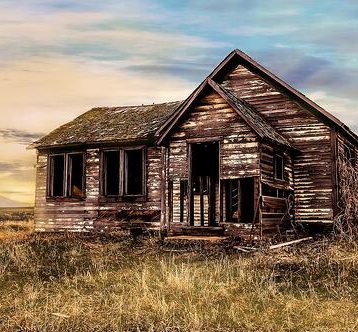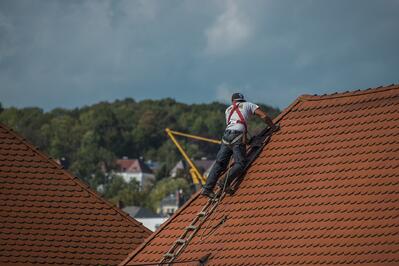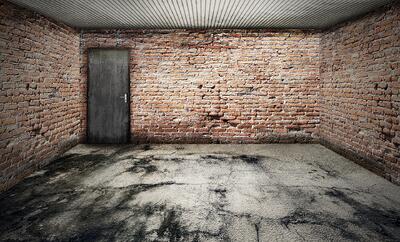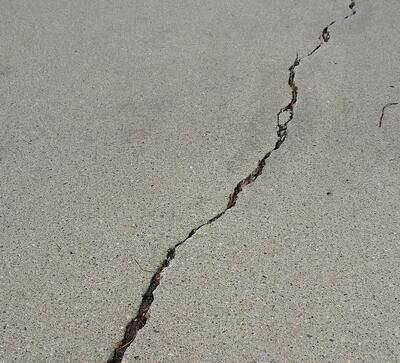 When investing in real estate you will often times hear about people buying properties “sight-unseen”. This means that the buyer did not do their due diligence on the ground by performing a full inspection.
When investing in real estate you will often times hear about people buying properties “sight-unseen”. This means that the buyer did not do their due diligence on the ground by performing a full inspection.
Often times you can get away with this, however, the times where you find something that you were unaware of, makes up for these other occurrences ten times over.
Remember, just because the numbers make sense does NOT mean the investment makes sense!
The absolute best advice I can give to any real estate investor is to ALWAYS walk your properties before you finalize the purchase. There is an inspection period for a reason people!! Make sure you utilize it.
That being said, you are probably thinking, okay I know that I need to walk the property but what should I be looking for? What are some “make it or break it” big ticket items that I should be aware of?
Well, you are in the right place because I am going to point out some big ticket items (and how to assess them) that you as the buyer need to be aware of in order to make a wise investment, mitigate your risk, and solidify your returns.
1. Roof Inspection

When inspecting a house, the roof is one of the most expensive items that may need to be replaced. Here are a couple things to look out for when doing a roof inspection.
Shingles that are peeling off, multiple places on the roof where the shingles look different. This means that there was a patch job and some of the shingles were replaced usually because they were old and falling off. This is a tell tale sign that the rest are not far behind. Lastly, if you see any missing shingles on the roof that is also a sign that the time on the roof is starting to come to an end.
These are NOT absolutes. Just because a couple shingles are missing does not mean the whole roof needs to be replaced. What it does mean, is that you need to take a closer look at the roof and do a thorough inspection.
2. Garage Repairs

When inspecting a garage here are some key things to keep an eye out for.
Exterior condition (does it need a scrape and paint?). Are the walls solid and secure or can you see right through them? Do you see sitting water and rotting wood? (may need new gutters, a new roof or even some new plywood to be replaced). Are there large cracks in the concrete floor? (if a point of sale inspection is required they may require you to either fill the cracks or replace concrete, which then gets VERY expensive).
When added up, these garage items make a huge difference on your bottom line when calculating your numbers.
3. Driveway
When inspecting properties it is a good idea to know if a point of sale inspection (POS) is required by the city. This is basically the city coming out and doing either an exterior or full property inspection and proceeding to write up violations that need to be repaired before the sale can take place.
As for the driveway, a lot of cities do not require a POS inspection but many still do. Each city is different so this is something that you should do your due diligence on and speak with the building department of the city where the asset is in to get an idea for their inspection process and what you can expect.
For the driveway, look out for large cracks, multiple cracks in the same block and large height differences in the blocks. These can all be possible POS violations. There are different options for fixing driveway issues but if the driveway as a whole is in poor condition it is a good idea to take into account a rehab estimate including the driveway repairs.
4. Foundation

This is arguably one of the most important things that you need to keep an eye out for. It is also sometimes one of the tougher and more looked over things to spot when inspecting an asset. If the foundation is not solid then there could be some serious problems in the future of that investment. Often times the best place to see these problems is in the basement.
Here are a couple of tell-tale signs that you may have foundation issues. Large cracks spanning the entire length of the wall in multiple places, bowing walls interior AND exterior. Lastly, wall panels popping off in multiple places, usually means that the cement behind it is pushing it out because of foundation issues.
Remember, you always want a strong foundation no matter what you are doing!!!
If you follow these guidelines when walking investment properties than you can make sure your bottom line number is never way off and that you have accounted for the big ticket items. Doing this will help prevent massive headaches and problems down the road.
If you found this blog informative, make sure to subscribe to receive all of our exclusive value-packed blog posts!

